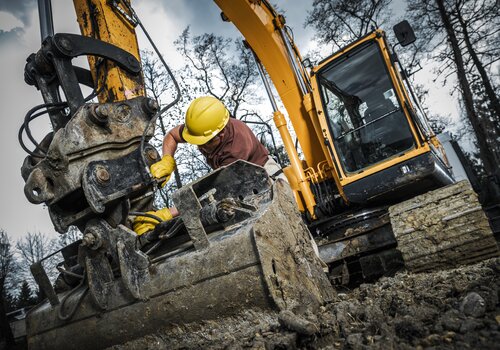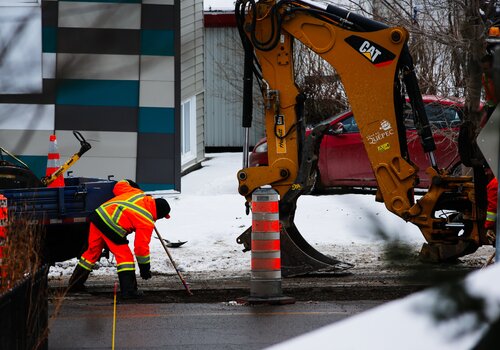Home construction in the U.S. hasn't changed much for the past century. While the average home has become larger over the last few decades, the building materials, equipment and required skills have mostly remained the same. But 3D printing technology could change the home construction industry and help to meet the growing demand for housing in many areas of the country.
Derived from desktop 3D printing concepts, 3D home construction begins with the design stage using CAD software to create a computer model of the structure. The building process can use a variety of materials, including aluminum, plastic and concrete, and it can use many different techniques, such as binder jetting (depositing a liquid on a powder material), robotic shotcrete (forming strong bonds) and layered material extrusion.
By far the most popular form of 3D home construction is layered concrete extrusion. These homebuilding projects are performed onsite using a gantry system typically comprising four vertical supports to suspend a multi-axis robotic jet. A silo holds the dry materials and deposits it into the mixing system where it is combined with water. A pumping unit then continuously deposits the concrete through a computer-controlled robotic nozzle to form a layer about ¾ of an inch. In a typical house, it takes about 150 layers of concrete to build a 9-ft. wall. Each layer needs about 10 minutes to set enough before it can support the next layer. This may seem slow, but it is actually quite efficient, because the nozzle dispensing the concrete can build all the exterior and interior walls (typically double walls to allow electrical plumbing and insulation to run inside) in a single pass, beginning the next layer 10 minutes later. Some home designs even call for building interior features, such as the base of a kitchen island, as part of this process. Doors and windows are framed using metal lintels across the top.
Compared with traditional building techniques, this 3D printing process is fairly quick. There are no wooden forms to install or remove and no wall framing is needed. And because the system is robotic, it can run continuously. This means the interior and exterior walls of a house can usually be built in about one or two days.
After the house walls are built, the gantry and the rest of the system can be moved to build the walls for another house. Once the walls are completed, the concrete will take approximately two weeks to harden enough to support a roof (typically a traditional wood framed structure), and the concrete will reach maximum strength in four weeks.
One of the factors driving the market for 3D printed houses is simply America's growing demand for housing. After wildfires tore through northern California in 2018, communities realized they needed to rapidly rebuild the homes that were lost–and to build them with more resilient materials.
In Redding, a local company named Emergent built the state's first onsite concrete 3D printed house in July. Donald Ajamian, CEO of the company, said his company is learning about the 3D construction process on a project-by-project basis. Building the same design in several different locations throughout the town, his team is learning about standardization and quality control, such as how printed walls interface with windows and doors to ensure a weatherproof seal.
Founded in 2018, Emergent is not a traditional home builder. Ajamian described it as a "construction technology implementation company." He said the 3D construction business is still largely in the research and development phase and companies like Emergent are still learning how to approach logistics, such as support for robotics systems and sourcing materials. Ultimately, however, he thinks housing is a major challenge for municipal planners and automation, such as 3D printed houses, are going to be a big part of the solution.
Photo credit: MARINA1408/BIGSTOCKPHOTO.COM












